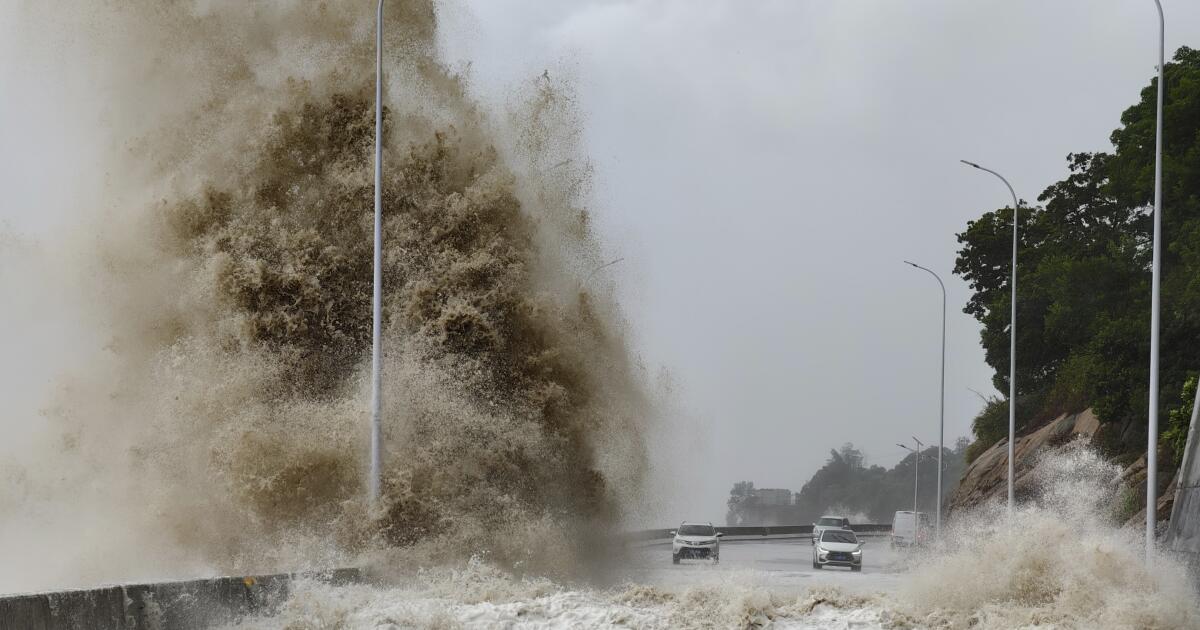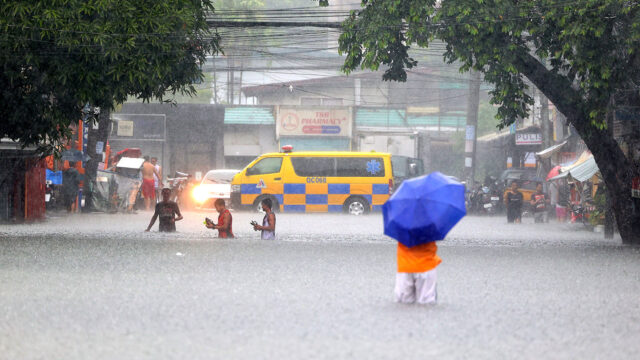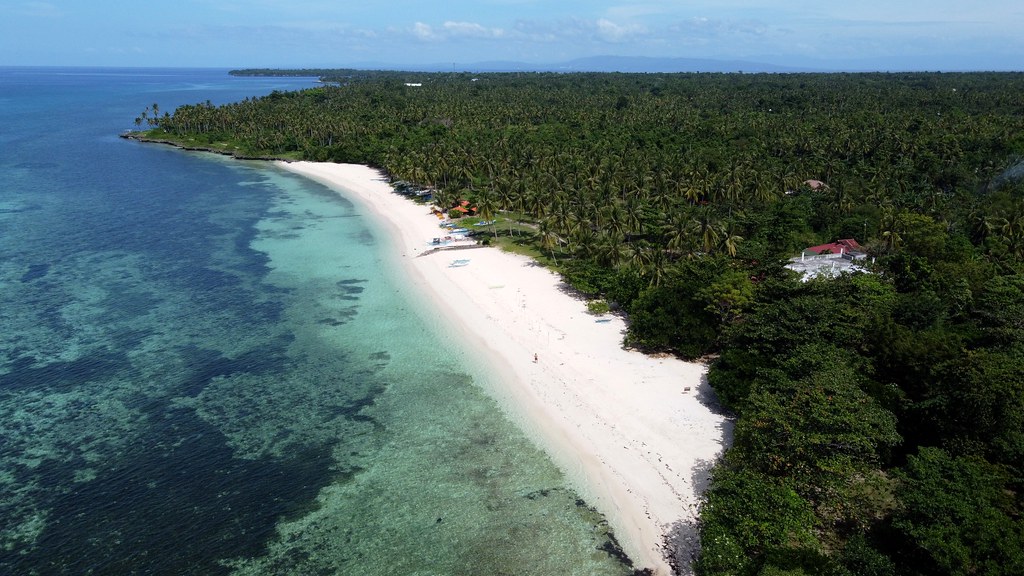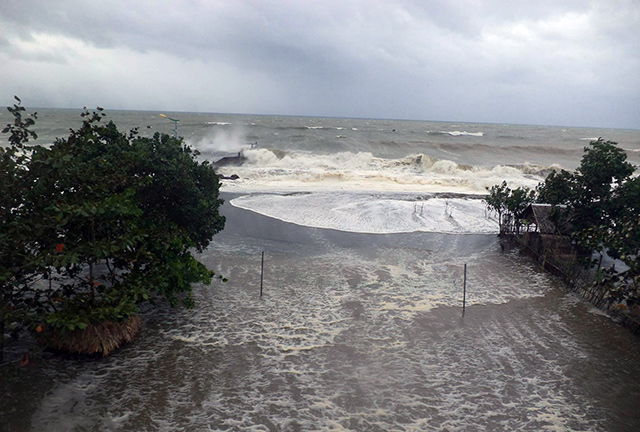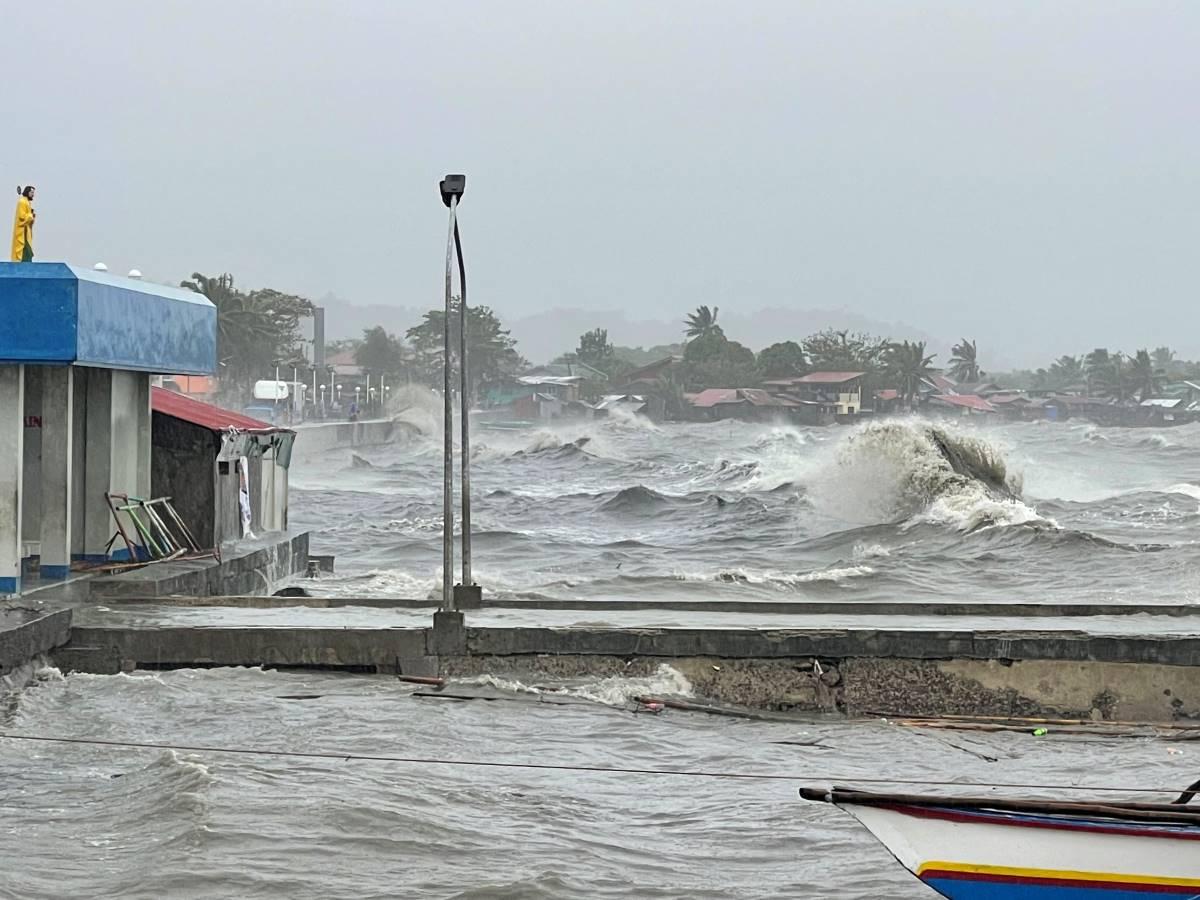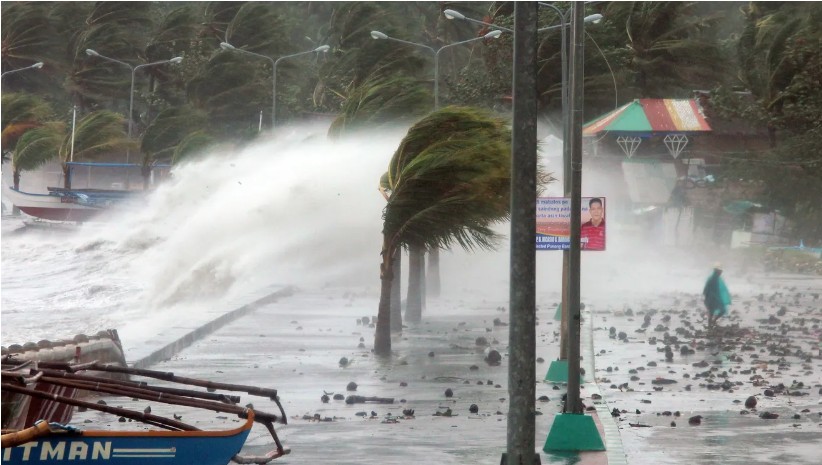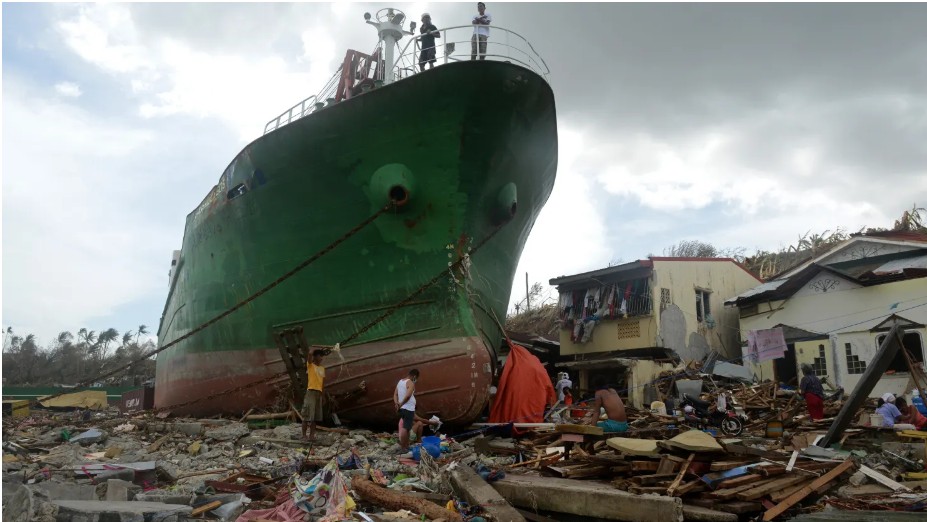STORM SURGE
This is the abnormal rise of seawater caused by strong winds from a powerful typhoon. It is the reason for widespread flooding in coastal communities, occurring as the typhoon makes landfall.
Read MoreWhy Does a Storm Surge Occur?
A storm surge happens due to the intense winds and low atmospheric pressure of a typhoon. As the typhoon approaches land, strong winds push seawater toward the shore, causing water levels to rise dramatically. The severity of a storm surge depends on several factors, including the strength of the typhoon, the shape and depth of the coastline, and the overall tidal conditions. Shallow coastal areas are more vulnerable, as they allow water to build up and flood inland communities..
Read MoreA storm surge occurs in the area where a typhoon makes landfall. The stronger the typhoon and the shallower the coastline, the higher the chance of significant water rise, causing severe damage to low-lying coastal areas. One of the major impacts of a storm surge is the massive flooding that brings destruction to communities near the sea.
Read MoreWHY DOES A STORM SURGE OCCUR?
Strong Wind or Pressure Effect
The strong winds from a typhoon and the drop in pressure at its eye often cause a powerful storm surge.
Heavy rain
The heavy rain, along with the strong winds from the typhoon, contributes to the size and height of the storm surge along the coastline.
TIDAL EFFECT
The storm surge is higher when it coincides with high tide.
The shape of the coastline and the slope of the seabed.
The likelihood of a high storm surge is greater in areas with a shallow coastal slope.
RELATED NEWS
WHAT TO DO BEFORE THE STORM SURGE?
01 Find out if your area is at risk of a storm surge.
Always stay updated with PAGASA advisories to determine if your area is at risk.
02 Stay Updated on Weather Reports and Be Alert to Warnings.
During a typhoon, it is important to monitor news updates to stay informed about incoming severe weather.
03 Know the Evacuation Areas and the Safest and Easiest Routes to Get There.
It is crucial to know the location of the evacuation center in your area before the typhoon or disaster arrives.
04 Ensure Your Home is Safe. Move Important Items to Higher Ground.
Before the storm or flood arrives, prepare your home to minimize damage to your belongings.
05 Prepare a Survival Kit Bag with Essential Family Supplies.
Ensure that the survival kit bag is easy to carry and placed in a location where it can be quickly accessed in case of emergency evacuation.
06 Before Evacuating, Turn Off the Main Switches for Electricity, Water, and LPG Tanks.
It is important to turn off hazardous utilities to prevent fires, electrocution, and other accidents.
07 If Authorities Issue an Evacuation Order, Leave Immediately for Higher and Safer Ground.
When an alert or warning is issued by PAGASA, the local government, or barangay officials, do not delay evacuation.
THINGS TO DO DURING A STORM SURGE
01 Stay inside your home or evacuation center and keep listening to weather updates.
Going outside is dangerous due to strong winds, rushing water, and falling trees or power poles. You are safer inside your home or an evacuation center.
02 Stay away from the coastline and avoid going out to sea.
Waves can become larger, and dangerous rip currents can put swimmers and fishermen at risk.
03 Do not touch electrical appliances if you are wet or standing in water.
Water is a conductor of electricity, so if your hands are wet or you're standing in water, you could get electrocuted, leading to serious injury or danger.
THINGS TO DO AFTER A STORM SURGE
01 Check for missing family members or acquaintances and report them to authorities.
During a disaster, people may get separated from their families or go missing. If you see or hear about missing persons, report it to authorities so they can help in the search.
02 Bring injured or sick individuals to the hospital.
Seeking medical attention or contacting authorities will make it easier for doctors and nurses to provide assistance.
03 Be cautious when returning home, especially if there are fallen power lines or damaged structures.
Ensure your home is safe before entering.
04 Clean thoroughly and disinfect water used for daily needs.
Avoid drinking tap water unless you are sure it is safe.
